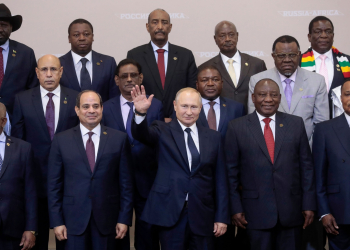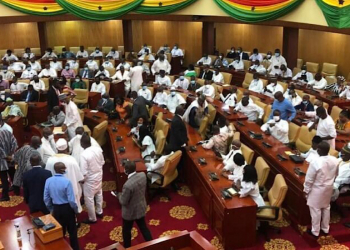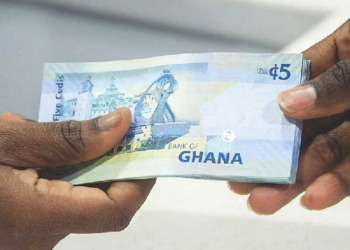Malaria prevalence among children under age five has decreased from 27 per cent to 21 per cent.
This is according to the 2016 Ghana Malaria Indicator Survey which was conducted by the Ghana Statistical Service in collaboration with the Ghana Health Service and the National Malaria Control Programme.
Results of the survey also showed that malaria prevalence among children varies throughout the administrative regions of Ghana, ranging from 5 percent in Greater Accra to as high as 30 and 31 per cent in Central and Eastern regions respectively.
The data which was collected between October 2016 and December 2016 in all the ten regions of the country was to gather population-based estimates of malaria indicators to complement routine administrative data that are used to inform strategic planning and evaluation of Ghana’s malaria control programme.
It was also to provide information on malaria prevention, treatment, and prevalence in Ghana.
The survey which is the first of its kind revealed that rural children are more likely to be infected with malaria than urban children.
On the issue of malaria prevention, the survey showed that prevention practices were on the rise as ownership of long lasting insecticide- treated mosquito nets had more than doubled in the last eight years. More than 7 in 10 households are said to be owners of a treated net compared to 31 per cent in 2008 and 64 percent in 2014.
Among the high-risk groups, 50 per cent of pregnant women and 52 per cent of children under five revealed having slept under a treated net the night before the survey was conducted. This is said to represent an increase from the 39 per cent of pregnant women and 43 per cent of children below five reported in 2014.
Speaking at the 2016 Ghana Malaria Indicator Survey national dissemination workshop, the Acting Government Statistician, Mr. Baah Wadieh said the 2016 GMIS results also revealed some areas of malaria prevention that needed to be improved.
“Diagnosis and appropriate treatment of malaria are important to combating malaria. Though treatment was sought for 72 per cent of children who had fever in two weeks before the survey, only 3 in 10 had a blood test to check for malaria infection before treatment, as recommended by the National Malaria Control Programme of the Ghana Health Service and the World Health Organisation.
He called on all stakeholders to carefully study the report in order to use the information for future planning of policies and intervention programmes associated with malaria in Ghana.
“This is a call to action and it is our expectation that the results of the 2016 Ghana MIS will be utilized by government and all stakeholders to inform priorities, policies and programmes”.
On her part, the Acting Project Manager of the Ghana Malaria Control Programme, Dr. Kezier Malm said the survey also showed a reduction in malaria mortality from 3, 882 in 2010 to 1,264 in the year 2016, translating into a 67 per cent reduction.
According to her, the momentum exists for the global elimination and possible eradication of malaria in some countries including Ghana.
“We in Ghana believe that such ambitious effort needs to be sustained for the duration of the control effort and require a substantial research base. It is therefore imperative to engage researchers at various levels to address this public health challenge”.
Join GhanaStar.com to receive daily email alerts of breaking news in Ghana. GhanaStar.com is your source for all Ghana News. Get the latest Ghana news, breaking news, sports, politics, entertainment and more about Ghana, Africa and beyond.
(Via: CitiFM Online Ghana)




